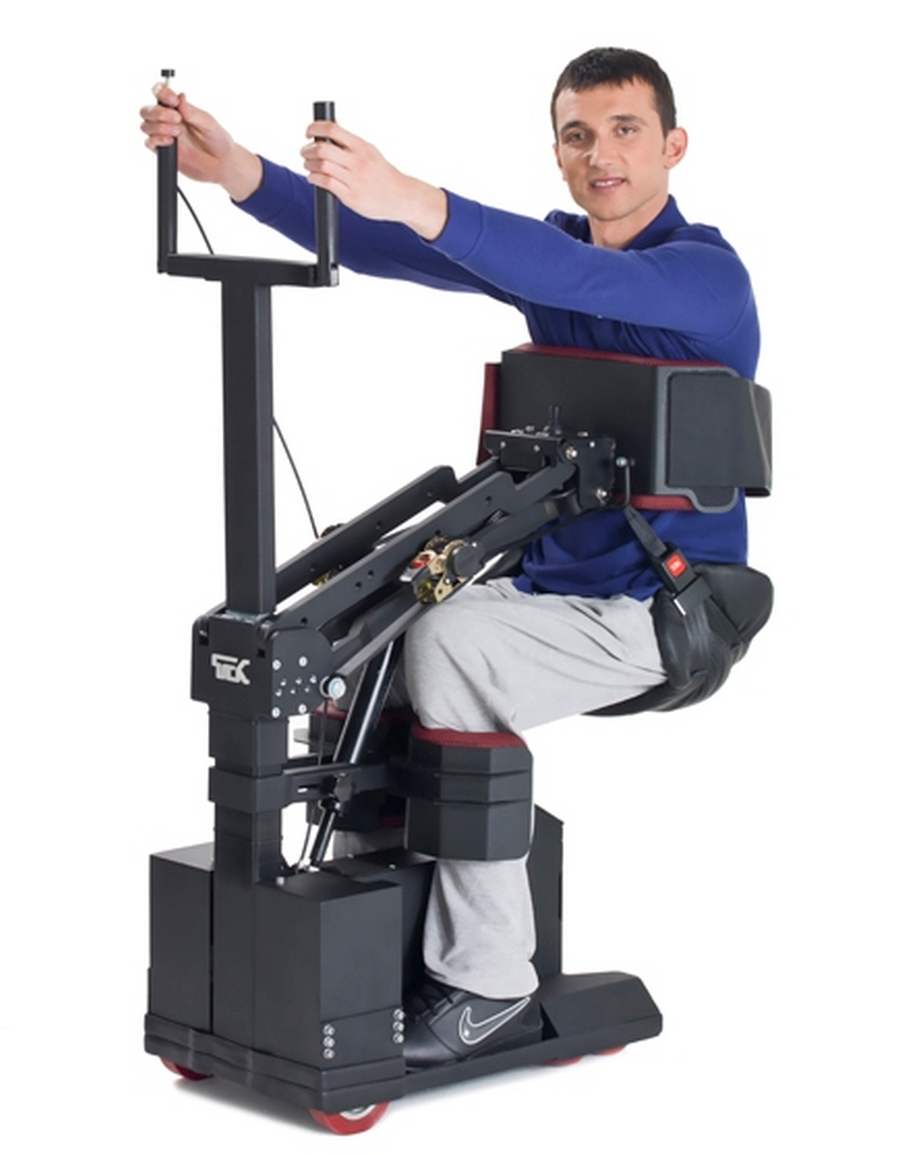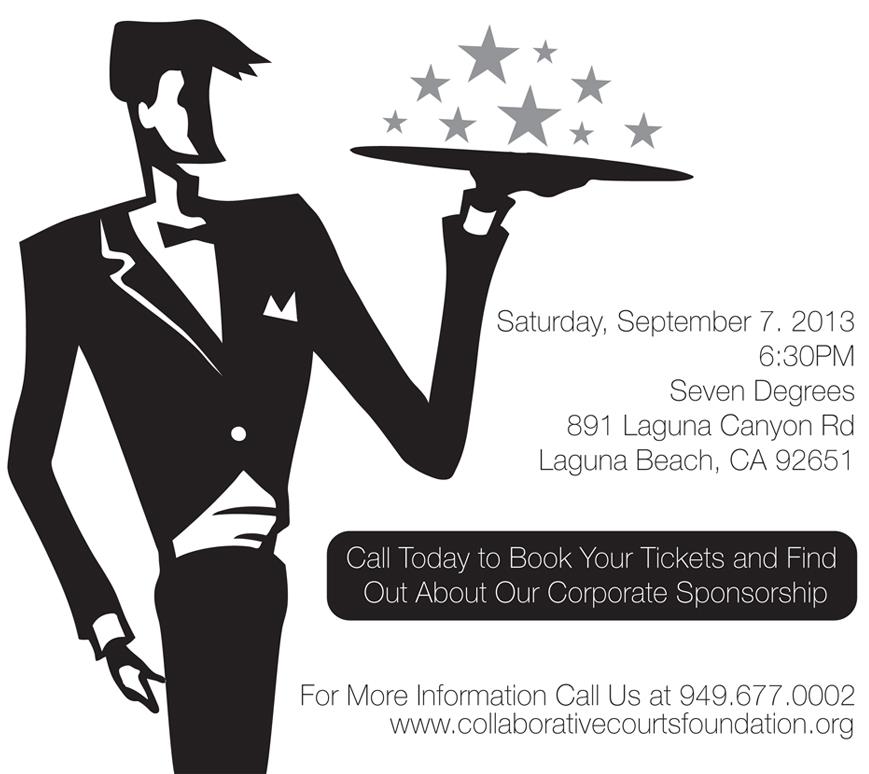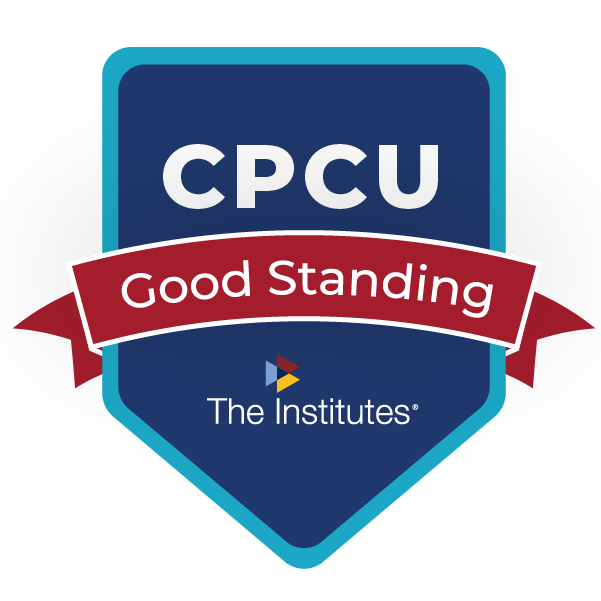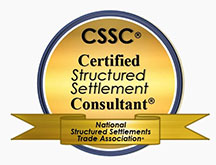Spinal Cord Injury Lifestyle Revolution
July 16, 2013 – I’m apparently a little late to this party but I ran across the most fascinating video today.
Scientists in Turkey have created an amazing looking (and acting) robotics alternative to the wheelchair which gives paraplegics significantly more mobility.
The TEK Robotic Mobilization Device (TekRMD) could very well be the most liberating technological advance those with certain spinal cord injuries have witnessed since the invention of the wheelchair over 100 years ago.
The video is so uplifting (pun intended) that I’m not going to belabor the point here since you’ll want to see for yourself how this works.
But because of our line of work, we applaud any advancement that helps those whose lives have been uprooted.
This revolutionary piece of durable medical equipment holds tremendous promise to help those with spinal cord injuries better adapt to their surroundings.
We encourage ALL of the professionals with whom we regularly interface (claims professionals, attorneys, mediators, life care planners, case managers, etc.) to take a few minutes to watch how this great invention works.
You will be impressed.
Posted: July 16, 2013 | Category: Articles, Blog, Structured Settlements | Comments Off on Spinal Cord Injury Lifestyle Revolution
Structured Settlements and College
 July 13, 2013 – One of the more common applications of a structured settlement occurs when an injured party allocates all or some of their settlement proceeds to coincide with anticipated college expenses to help themselves or their children or grandchildren pursue higher education.
July 13, 2013 – One of the more common applications of a structured settlement occurs when an injured party allocates all or some of their settlement proceeds to coincide with anticipated college expenses to help themselves or their children or grandchildren pursue higher education.
Courts across America strongly support the use of structured settlement “College Plan” when approving minors’ injury claims.
For good reason. Structured settlements:
- Flow to the recipient 100% income tax-free (principal and interest) if the settlement is the result of a personal, physical injury
- Payments are guaranteed by the annuity issuer
- There are no management fees, costs or expenses associated with establishing a structured settlement
- There is NO PENALTY if the funds are used for purposes other than college
This last one is often overlooked. Think about it:
A prospective student could opt for a career in the military.
A student could earn a scholarship.
Not everyone is college material.
And if you contrast these advantages and disadvantages with those of another popular college savings vehicle, the 529 plan, more differences come into focus.
Named after the section of the United States Tax Code that governs them, 529s are in wide use and can be an excellent way to provide for a child’s or grandchild’s higher education.
But unlike structured settlement payments established to pay out precise sums on precise dates, 529 plans have penalties written into the Code if the funds are not used for qualified education expenses.
Further, when tied to a mutual fund as many are, there is no certainty the value of the account with grow to the desired sum by the time funds are needed.
529 plans are not among the products we currently offer so we have no “dog in the hunt” as they say.
But we thought you’d like seeing a list of states with the BEST and WORST 529 plans based on reported investment performance.
We hope you or your child are never involved in an accident.
But if you are, a structured settlement can be a sensible part of the injury resolution solution and we stand ready to assist as your advocate.
Posted: July 13, 2013 | Category: Articles, Blog, Structured Settlements | Comments Off on Structured Settlements and College
Structured Settlements for Airline Disaster Survivors
July 9, 2013 – The first fatal airline crash in the United States in nearly four years naturally stirs interest and speculation.
What happened and why?
What happens to the families of those killed?
What happens to those on board who lived?
And as with any accident, the conversation always turns to who’s at fault and how those impacted will be compensated assuming claims arise from the incident.
Yesterday’s CNNMoney article “Asiana passengers likely to get millions” focuses on the potential financial outcome of the claims process for the victims.
The article quotes noted aviation personal injury lawyer Arthur Wolk who specializes in air crashes. Wolk points out something often overlooked by a public that focuses exclusively on those who have died:
Not all injuries are readily observable!
One particular paragraph in the article caught our eye:
Wolk said even the 123 passengers on the plane who escaped without any physical injuries are likely to see seven-figure settlements from the airline and its insurance carriers due to Post Traumatic Stress Disorder (PTSD).
An Important Distinction
One issue not raised by the article is the important difference between personal physical injury and personal non-physical injury as it pertains to claim settlements. To wit:
Damages paid on account of personal physical injury (excluding punitive damages) are exempt from income tax per IRC Section 104(a)(2).
Damages paid on account of personal non-physical injury are NOT exempt from income tax.
Understanding this distinction is crucial for anyone entering into settlement discussions such as those likely to stem from the Asiana Airline 214 crash.
And depending on each individual situation, it’s entirely conceivable that a plaintiff in one part of the plane will have sustained physical injuries while fellow passengers in another part will “only” have sustained non-physical injuries.
We are NOT downplaying the seriousness of PTSD. Far from it.
But the tax code is clear: Under current law, emotional distress on its own is insufficient to constitute physical injury.
Structured settlements available for both
Fortunately, whichever category each plaintiff falls into, a structured settlement will likely be a part of the solution.
And of this we are 100% certain:
If these settlement figures come anywhere near the dollars Mr. Wolk suggests, those with non-physical injuries will likely be able to mitigate their tax burden by choosing to settle their claim using a . . .
Taxable Damage Structured Settlement
While it’s too early to know with any degree of certainty how any settlement discussions will unfold, we urge anyone considering ANY settlement offer to fully evaluate the impact of taxes on their settlement before agreeing to anything.
We stand ready to assist anyone requiring assistance.
Posted: July 9, 2013 | Category: Articles, Blog, Structured Settlements | Comments Off on Structured Settlements for Airline Disaster Survivors
Structured Settlement Markets: “Long Strong”
July 8, 2013 – Strong. Safe. Secure.
The other three little words everybody loves to hear.
Especially when it comes to money. Everybody needs reassured that their money will be there when it’s promised.
According to the U.S Census Bureau, there are fewer than half the number of life insurance companies in the United States today than there were twenty years ago.
Some have merged. Some have failed.
And some, particularly those that offer structured settlements, are among the strongest the industry has to offer. They have withstood the test of time, have lots of money, a sound investment philosophy and a long track record of making payments on time.
They are “long strong.”
Standing the Test of Time
 The July, 2013 issue of Best’s Review features an article. “Standing the Test of Time,” highlighting those excellent life markets which have demonstrated a consistently strong track record for a long time.
The July, 2013 issue of Best’s Review features an article. “Standing the Test of Time,” highlighting those excellent life markets which have demonstrated a consistently strong track record for a long time.
(NOTE: Access to link may require registration)
Eleven life markets have retained an A.M.Best rating of A or better since 1928. Three of those companies (27%) are leaders in the structured settlements industry, listed here alphabetically:
Metropolitan Life
New York Life
Prudential Insurance Company of America
And when the list is expanded to include companies with a similar track record for fifty or more years, two additional market leaders surface (also listed alphabetically):
Pacific Life
United of Omaha Life
But the good news for structured settlement markets doesn’t stop there. In the same issue, a listing of the Top 25 U.S. Holding Companies, 2012 connects the three remaining structured settlement markets, some of which are also also on this list (ranked by total assets):
American International Group, Inc.
Berkshire Hathaway Inc.
Liberty Mutual Holding Company Inc.
Taken in aggregate, the eight (8) life markets currently offering structured settlements:
- Average more than 100 years in business
- Have assets in the trillions of dollars
- Have revenues in the billions of dollars
- Carry Excellent or Superior ratings from A.M. Best
For all these reasons we’re proud to represent these outstanding life markets every time a client seeks us out for help securing their financial future with structured settlements and structured attorney fees.
Kudos to all these great companies. We stand strong with you and hope to do so for a long, long time!
Posted: July 8, 2013 | Category: Articles, Blog, Structured Settlements | Comments Off on Structured Settlement Markets: “Long Strong”
Asiana Airlines Flight 214 Help
July 7, 2013 – Most of us will never know the heartache that accompanies the loss one experiences when a loved one is killed as a result of an air disaster.
Unfortunately, the family, classmates and friends of the two 16-year old Chinese schoolgirls who died yesterday during the Asiana Airlines Flight 214 crash in San Francisco no longer find themselves in that category.
No words are adequate. Grief after such an event must be absolutely crippling.
But for anyone suffering from such a tragedy, there is help.
AirCraft Casualty Emotional Support Services (ACCESS) provides FREE peer-to-peer grief mentoring services to anyone suffering from such a tragedy. ACCESS is unique in that all bereavement support is conducted by those who have themselves suffered the loss of someone in an air disaster.
They understand. They’ve been there.
ACCESS was founded by someone who learned firsthand just how destabalizing it can be when you lose someone close to you unexpectedly.
To learn more about this fantastic organization and the journey of my amazing friend, Heidi Snow, that gave rise to her founding of ACCESS in 1996, please visit the website.
Finn Financial Group has proudly supported this special organization over the years because it believes so passionately in its mission and the good work that has resulted from Heidi’s tireless leadership.
Our hearts go out to the survivors of Asiana Airlines 214 as we keep them in our thoughts on this sad day.
The Structured Settlement Expert’s Value Revisited
July 3, 2013 – The June, 2013 issue of For The Defense features an excellent article on the role of the Structured Settlement Consultant in a negotiation setting.
Co-authored by Past President of the American Bar Association William T. “Bill” Robinson, III and attorney/mediator Bruce B. McIntosh, considered one of the “Best Lawyers in America,” the article describes how a structured settlement expert can add value to the claim settlement process.
Maximizing the Advantages is an appropriate subtext for the article, “Understanding the Role of the Structured Settlement Consultant,” which can be found linked to a recent blog post of the National Structured Settlements Trade Association (NSSTA).
I was fortunate to have been serving on NSSTA’s Board of Directors as its President in 2011 when Mr. Robinson served as the keynote speaker for our annual meeting and was privileged to hear his views and unwavering commitment to structured settlements from both the defense and plaintiff perspectives first hand.
Excerpts of Mr. Robinson’s address to NSSTA are available on YouTube which you can link to, along with many other helpful video clips, from the Video section of our firm’s website.
Back to the Future
In recent years, many attorneys, mediators and claims professionals alike have unfortunately gravitated toward viewing the structured settlement expert as a mere seller of wares to be dealt with only after a claim settles.
In so doing, they overlook key features of the structured settlement which can be of significant value to all parties during the evaluation and negotiation phases of the settlement process.
Finalizing the specific terms of the structured settlement post-agreement in principle will remain a common and necessary part of the final resolution.
But for anyone seeking to truly Maximize the Advantages of a structured settlement expert, engaging one sooner rather than later will inure to the benefit of all involved.
We compliment For The Defense for bringing this relevant topic back to the forefront of the claims consciousness in their widely circulated and well-respected publication.
And we thank them for recognizing the vital role structured settlement consultants play in the successful outcome of a claim settlement.
Posted: July 3, 2013 | Category: Articles, Blog, Structured Settlements | Comments Off on The Structured Settlement Expert’s Value Revisited
Meet CCF’s Newest Vice Chairman
 Jun 28, 2013 – At our monthly Collaborative Courts Foundation Board of Directors meeting this past week, I proudly accepted my fellow Directors’ nomination to serve as its Vice Chairman for the coming term.
Jun 28, 2013 – At our monthly Collaborative Courts Foundation Board of Directors meeting this past week, I proudly accepted my fellow Directors’ nomination to serve as its Vice Chairman for the coming term.
I feel privileged to serve my community in this capacity and look forward to seeing how much good we can do together.
So what exactly is a “Collaborative Court” and what does the Collaborative Courts Foundation do?
As the Superior Court of California, County of Orange website describes it:
Collaborative or “problem solving” Courts are specialized court tracks that address underlying issues that may be present in the lives of persons who come before the court on criminal, juvenile, or dependency matters. These life-changing programs involve active judicial monitoring and a team approach to decision making, and include the participation of a variety of different agencies, such as Probation and health treatment providers.
The site goes on to describe the nineteen collaborative courts offered.
Many of the needs of those who participate in the Collaborative Courts programs cannot be met through the individual’s normal channels. That’s where the foundation comes in.
The Collaborative Courts Foundation (CCF), a 501(c)(3) nonprofit organization raises money to help support the collaborative courts program by helping those who need a little helping hand.
If you would like to join us in supporting this great cause, please consider attending, sponsoring or donating an auction item to our fall fund raiser.
You’ll have a good time and be contributing to a good cause.
It’s an honor to serve with my fellow Directors on the Collaborative Courts Foundation Board. I draw inspiration from their commitment and passion and look forward to a successful event this fall.
Hope to see you there!
Our Half Time Check List
June 27, 2013 – As we head toward half-time of the 2013 structured settlement and annuity season, we pause to reflect on our firm’s successes for the first half of the year.
What a great year it’s been and, as Paul McCartney once sang, “getting better all the time.”
 Clients choose us because they know we measure our success by our ability to help people meet their long-term financial goals. So let’s take a quick time out to analyze some of the half-time stats we’re more than a little bit proud of as we check them off our list:
Clients choose us because they know we measure our success by our ability to help people meet their long-term financial goals. So let’s take a quick time out to analyze some of the half-time stats we’re more than a little bit proud of as we check them off our list:
How We’re Doing
- 58 – Total number of individual structured settlement and retirement annuities placed to help clients secure their financial futures.
- BONUS STAT I: This is almost as many as the 62 we placed all of last year. This reassures us that we’re succeeding in our efforts to reach more people so we can help as many folks as possible.
- 13 – Total number of plaintiff attorneys whose futures we helped secure by structuring their attorney fees or converting some of their other retirement assets to guaranteed future cash flows on a tax-advantaged basis.
- BONUS STAT II: Structured attorney fees accounts for a significant portion (22%) or our success this year.
- 66 – Percent of people who called for help this year which resulted in the placement of an annuity for them. We call this our “Success Ratio” or the number of people who end up choosing an annuity divided by the number who ask for a quote.
- BONUS STAT III: This figure is roughly DOUBLE the industry average!
- 22 – Number of those who’ve approached us for assistance but haven’t yet structured or annuitized and whose decisions are still pending. Depending on what these clients choose to do, our Success Ratio could climb even higher.
- 52 – Total number of blogs or newsletters written with an eye toward helping claims associates, the legal community, working people and friends make more informed choices about the options available to them when confronted by assorted financial challenges.
- 9,200 – Estimated number of printed copies of my article, “Taxable Damage Structured Settlements,” sent to subscriber members of Advocate: Journal of Consumer Attorneys Associations for Southern California.
- 1 – Philanthropic organization, the Collaborative Courts Foundation, on whose Board of Directors I accepted an invitation to serve and was recently elected Vice-Chairman.
And with structured settlement and annuity rates continuing to rise, we’ve been busier these past few months than we have in the past two years. All signs point toward an even more successful second half.
So THANK YOU for allowing us to be part of YOUR success this year. May your second half be equally as successful however you measure yours.
.
.
.
PS Oh, yes. There’s actually one more personal milestone I’m pretty proud of, too, and would be remiss if I failed to mention:
- 25 – Number of years of marriage celebrated with my wife and our firm’s Office Manager, the incomparable former Ms. Stephanie Bianchi.
Our Silver Wedding Anniversary
Posted: June 27, 2013 | Category: Articles, Blog, Structured Settlements | Comments Off on Our Half Time Check List
Lifetime Income Disclosure Act
June 21, 2013 – While still a very long way from ever becoming law, the Lifetime Income Disclosure Act (H. R. 2171) was introduced in the United States Congress last month seeking to amend the Employee Retirement Income Security Act of 1974 (ERISA) to include disclosures on lifetime income.
The bill was referred to the House Education and Workforce committee where oddsmakers give the bill a one percent chance of getting past the committee and a zero percent chance of ever becoming law.
But whether or not this act becomes law, if this Boston Globe article is any indication, one thing seems to be certain:
And this annuity coolness has been building for awhile as evidenced by this New York Times article from a few years back describing the support they’ve been receiving from the Obama Administration.
Three years ago, in the Annual Report Of The White House Task Force On The Middle Class, one of the suggestions for helping give families better choices to reach a secure retirement included (p. 27):
“Promoting the availability of guaranteed lifetime income products, which transform at least a portion of retirees’ savings into guaranteed future income, reducing the risks that retirees will outlive their savings or that their living standards will be eroded by investment losses or inflation.”
Did someone say “guaranteed lifetime income” and “guaranteed future income” in the same sentence?
Not surprisingly, the annuity effort has met with some resistance by those in the investment community who believe the only way to retirement security is to save, invest smartly and draw down their nest egg.
We don’t reject the draw down strategy out of hand since we believe in balance and are not so naive to think one size fits all.
But we are convinced that annuities remain . . .
- one of the best;
- least risky;
- most cost-effective; and,
- most under-appreciated
. . . asset classes available for anyone seeking safe, secure income that cannot be outlived.
And they deserve serious consideration for anyone seeking retirement security.
But then again, we’ve been on this bandwagon for years. Check out the results of our research in this October, 2009 newsletter offerings:
Live Longer . . . Buy Annuities
Knowing how many people we’ve helped over the years with structured settlement, structured attorney fee and retirement annuities, we’re hopeful this bill gets some traction.
 So, when you’re ready to hang up your work-life cleats and head to the beach for your retirement, remember how important annuities can be to your future security.
So, when you’re ready to hang up your work-life cleats and head to the beach for your retirement, remember how important annuities can be to your future security.
And give us a call. We look forward to helping.
Posted: June 21, 2013 | Category: Articles, Blog, Retirement, Structured Settlements | Comments Off on Lifetime Income Disclosure Act
Bracing For The Next Recession
June 20, 2013 – You sock away as many hard-earned dollars as you can spare, invest in a solid low-cost mutual fund or follow your advisor’s investment recommendations in anticipation of some day being able to convert your next egg to a retirement cash flow that will help support you and your family comfortably after your work life comes to an end.
Save, wait and flourish. That’s the conventional wisdom.
Maybe you were too young to fully appreciate it or didn’t have a large enough nest egg to worry about it in 2008 when The Great Recession hit.
Maybe you got clobbered by it like nearly everyone in the Universe. (Guilty!)
Or maybe you lost a bunch of money but gutted it out the past five years, weaned yourself off the Pepto Bismol as your retirement portfolio rebounded and you are once again feeling like the future is bright.
And why not? After all, the economy seems to be heading in a positive direction if underwhelmingly so.
Still, you know “what goes up must come down” so you pore over economic forecasts and advice columns to make sure you don’t get swept up in the free fall you know will occur some day.
This time, you pledge, you will NOT get burned by another recession.
There’s only one thing wrong with this picture:
Economists have a VERY bad track record at predicting recessions.
According to a telling chart featured in this week’s Business Insider, economists collectively failed to correctly predict every recession since the 1970s.
The excerpt is based on the article “Economists Are Totally Clueless About The Economy” appearing in the weekly newsletter of financial expert John Mauldin.
Why We Like Annuities
At Finn Financial Group, we will never tell you which stocks to pick or when the next recession is coming. It’s just not our thing.
Our expertise in annuities, on the other hand, allows us to help clients achieve their long-term financial security on a tax-advantaged basis without the worry.
The recession can come or go as it pleases but the annuity’s guaranteed cash flows continue.
Sure, you might be missing out on some “market gains” but the peace of mind that comes from knowing what to expect makes for a more stress-free future.
This is why clients across the country seek us out for help with their structured settlements, structured attorney fees and 401(k) roll-overs.
Safety, security and guaranteed cash flows. That IS our thing!
Besides, too many spoonfuls of a thick, pink liquid containing something called bismuth subsalicyclate just can’t be good for you.
Posted: June 20, 2013 | Category: Articles, Blog, Retirement, Structured Settlements | Comments Off on Bracing For The Next Recession

























